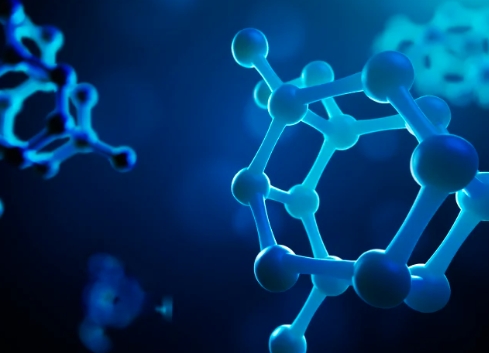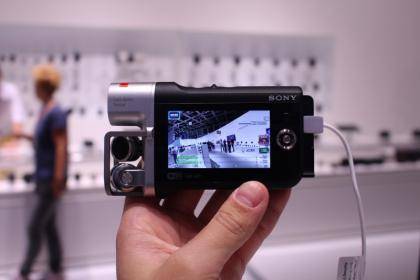Physicochemical properties are fundamental characteristics that influence the behavior of substances in biological systems. In drug discovery and development, understanding these properties is crucial for predicting a compound's absorption, distribution, metabolism, excretion (ADME), and toxicity (Tox) profiles. Accurate measurement of these properties helps in optimizing drug candidates and ensuring their efficacy and safety.
s
Methods for defining Physicochemical Properties of Substances
Here are methods for defining physicochemical properties of substances:
Solubility Testing
Solubility is a critical factor affecting a drug’s bioavailability. WuXi AppTec utilizes both kinetic and thermodynamic solubility testing methods to assess this property. Kinetic solubility measures how quickly a compound dissolves in a given solvent and is commonly conducted during the early stages of drug discovery to assess the dissolution rate. Thermodynamic solubility, on the other hand, determines the maximum amount of a compound that can dissolve in a solvent under equilibrium conditions, providing insight into how a compound behaves under physiological settings.
Both of these methods typically use the shake-flask technique, where the compound is agitated in a solvent, and the resulting concentration is measured over time using high-performance liquid chromatography (HPLC) or mass spectrometry (MS). These tests help identify poorly soluble compounds that may require formulation strategies to enhance their bioavailability.
Lipophilicity Assessment
Lipophilicity, usually expressed as the partition coefficient (logP) or the distribution coefficient (logD), reflects a compound’s ability to partition between lipid and aqueous phases. At WuXi AppTec, this property is evaluated using both the shake-flask method and potentiometric titration. The shake-flask method involves physically shaking a compound in a mixture of octanol and water, then analyzing the concentration in each phase to determine the partitioning behavior. In contrast, potentiometric titration determines the compound’s pKa, which is closely related to its lipophilicity, by measuring pH changes during titration.
Understanding lipophilicity is essential for predicting a compound’s membrane permeability and distribution throughout the body. Optimizing this property ensures a balance between solubility and the ability of a drug to penetrate biological membranes.
pKa Determination
The acid dissociation constant, or pKa, indicates the pH at which a compound exists in equal concentrations of its protonated and deprotonated forms. WuXi AppTec employs both potentiometric and spectrophotometric methods for pKa determination. The potentiometric method involves observing pH changes during titration to calculate the pKa. The spectrophotometric method monitors changes in absorbance at different pH levels, allowing for identification of dissociation constants.
Knowledge of pKa values is vital for predicting how a compound will behave in various pH environments throughout the body, influencing its solubility and membrane permeability.
Solution Stability Studies
Evaluating a compound’s stability in solution is critical for ensuring its integrity during storage and administration. WuXi AppTec conducts both buffer stability testing and gastrointestinal stability testing to assess this property. Buffer stability testing evaluates the compound’s stability in various pH conditions that mimic bodily fluids, while gastrointestinal stability testing simulates the acidic and enzymatic environment of the digestive tract.
These studies are essential for identifying degradation pathways and guiding the formulation of more stable drug candidates.
Effective Permeability Surface Area (EPSA) Measurement
EPSA is a parameter that quantifies the effective surface area available for drug absorption. WuXi AppTec measures EPSA using advanced techniques such as UPLC with photodiode array (PDA) detection or tandem mass spectrometry (MS/MS). These techniques analyze the concentration of a compound across a synthetic membrane to evaluate its permeability. Additionally, supercritical fluid chromatography (SFC) may be used to provide further insight into a compound’s permeability characteristics.
Measuring EPSA is important for predicting how well a compound will be absorbed in the gastrointestinal tract and can influence oral bioavailability predictions.
Conclusion
Here we define physicochemical properties of substances as integral to the drug development process. By employing these methods, researchers can identify promising drug candidates and refine them for better efficacy and safety profiles. WuXi AppTec offers a comprehensive suite of physicochemical property testing services, supporting pharmaceutical development with precise, reliable data. These tools are vital in transforming chemical compounds into successful therapeutic agents.






Leave a Reply